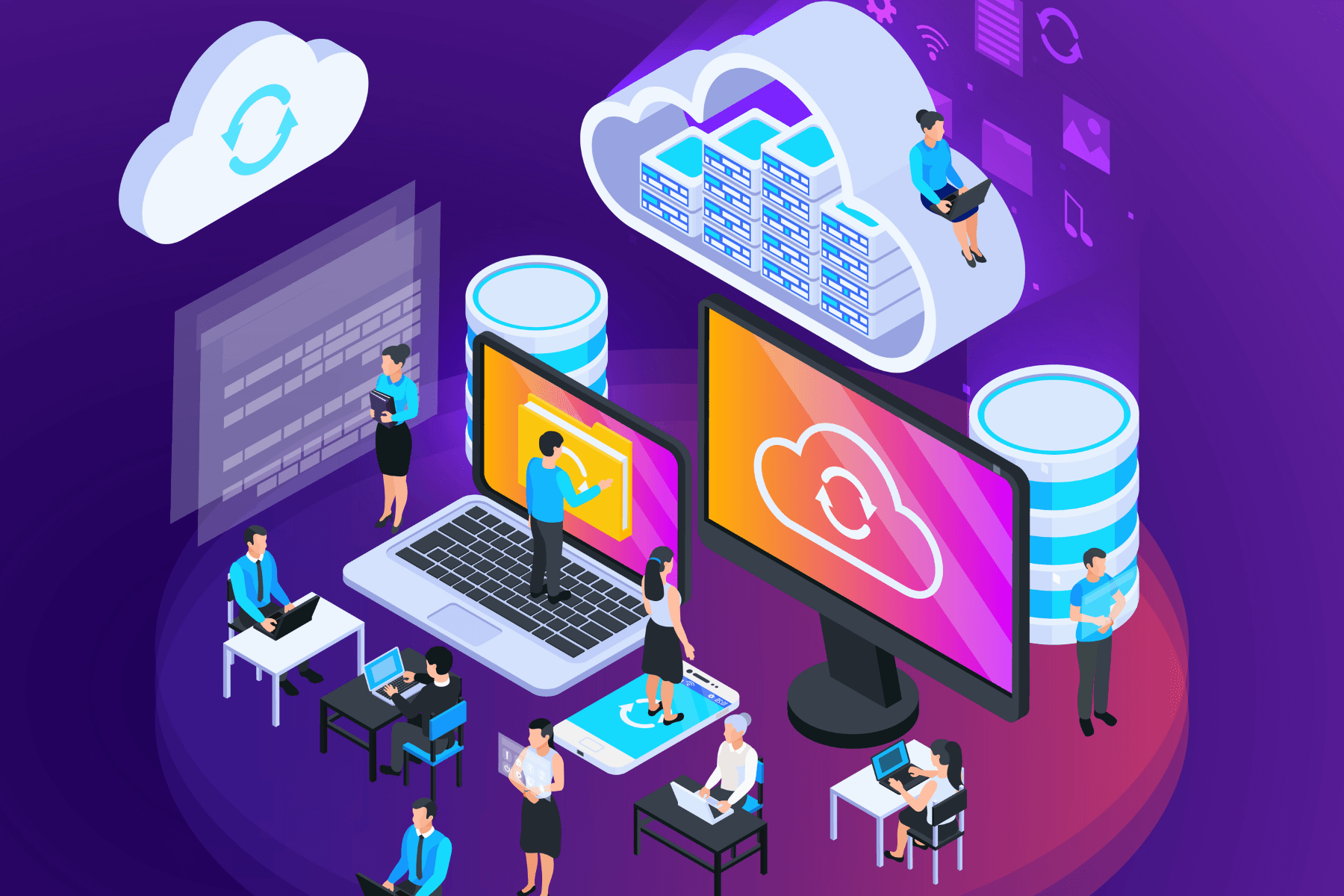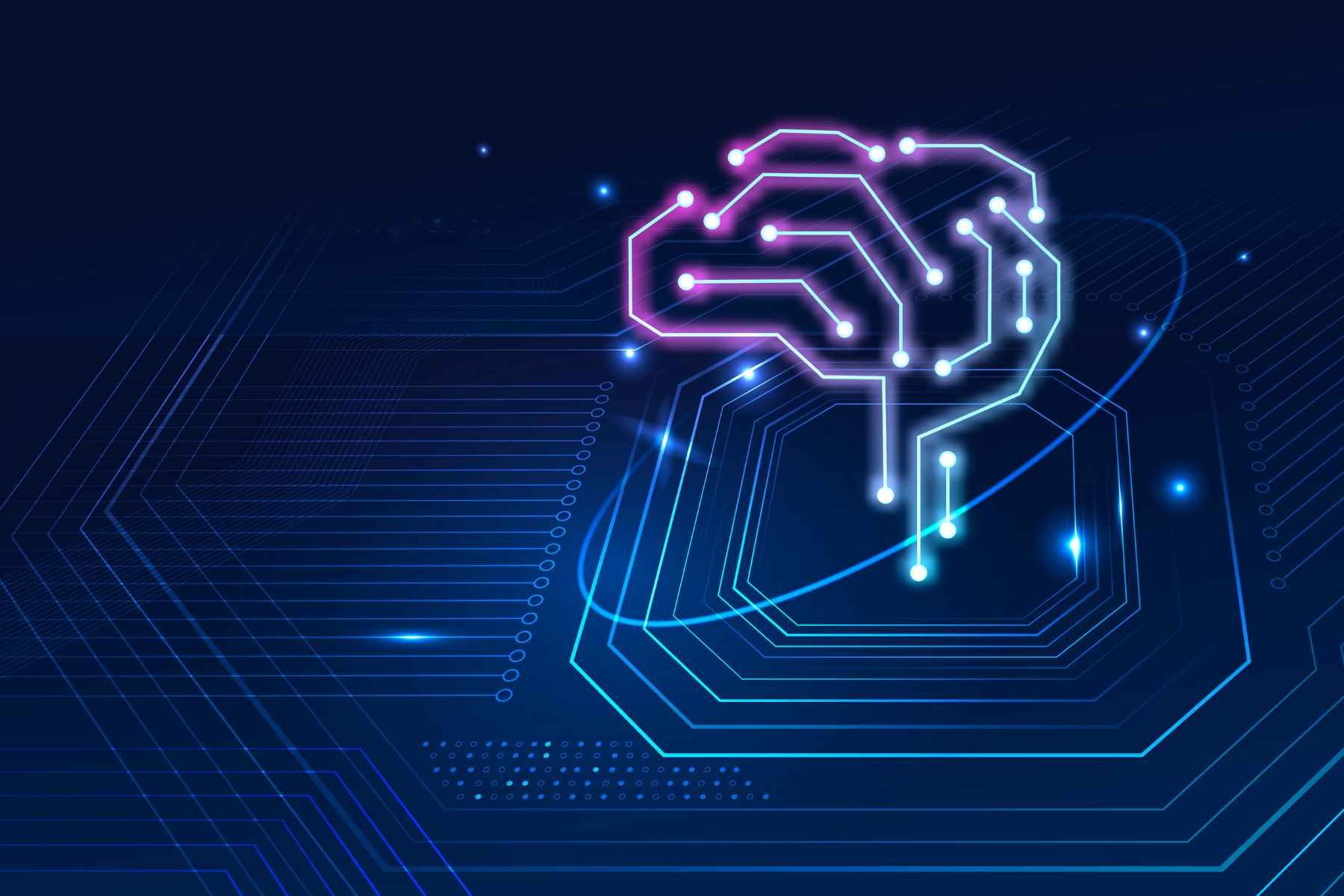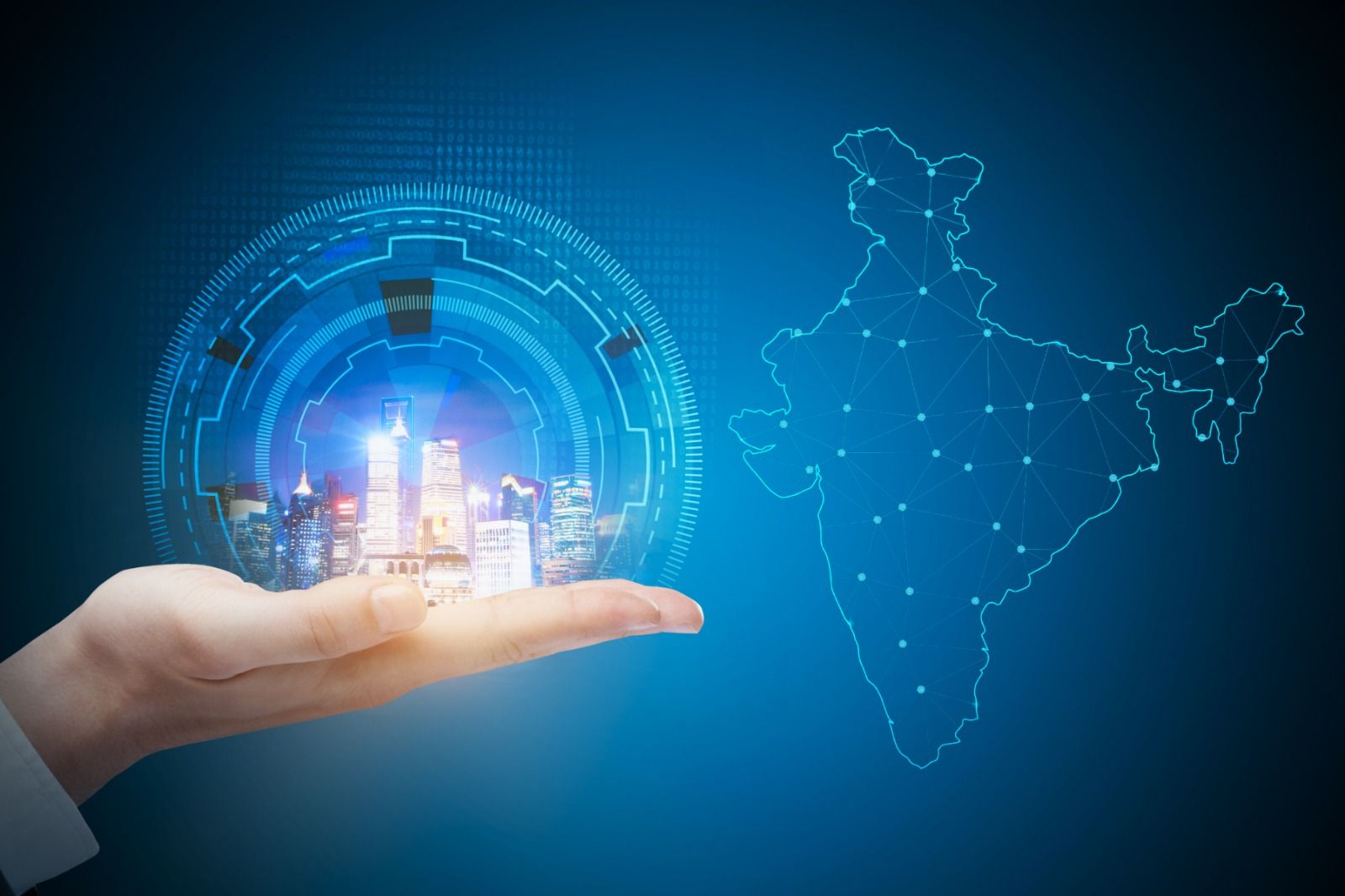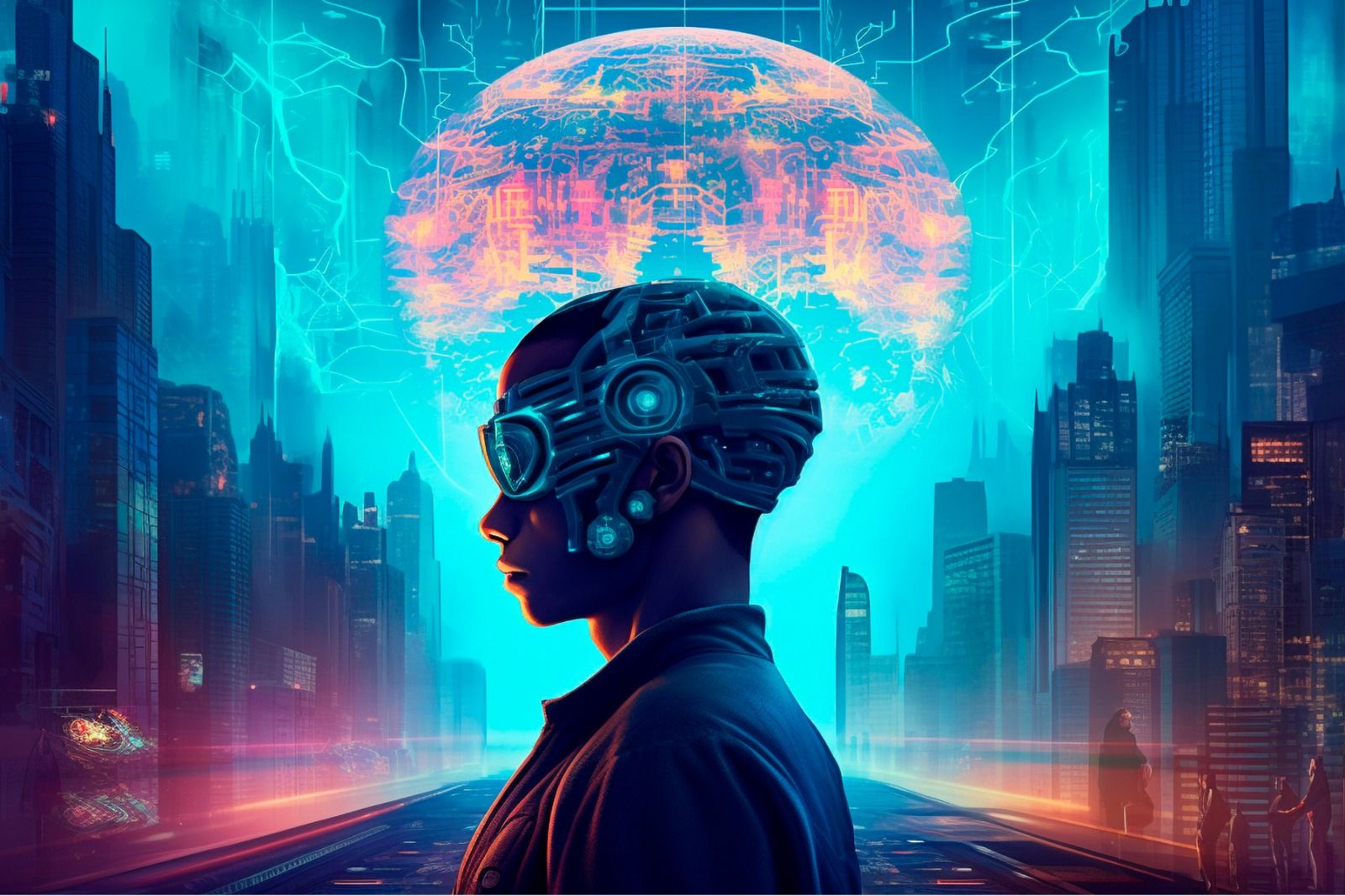Introduction
Over recent years many businesses have embraced cloud computing solutions. We can relate to cloud computing technology as a computer service over the internet. In today's corporate world there is higher adoption of cloud solutions.
Why your business needs to migrate to the cloud
For better operations and fast performance, an organisation spends massive amounts of money to develop and install the software to the cloud. There are various cloud software providers, for example, Microsoft Azure, Amazon AWS cloud, Google cloud, E2E Cloud which provide enormous results to the organisation in terms of scalability, time-saving results with the help of the modern data centres. It has a safe way to store and share data. Cloud computing allows your business to obtain the software on the internet as a service (SaaS).
An employee can access the cloud service from any other place and at any time to perform their jobs. Cloud computing services come in three important sections:
- Platform as a Service (PaaS),
- Infrastructure as a Service (IaaS)
- Software as a Service (SaaS).
Benefits of cloud service solution for the enterprise
Flexibility
- It is one of the main benefits of cloud computing, which has the capability of mobility.
- It provides the flexibility to work from any worldwide location.
- An organisation can also reduce the number of workstations and allow employees to work remotely.
- It has the capability of monitoring the operations of the work activities with real-time updates of the business user.
Scalability
- It has the capability of scalability that enables additional memory space and storage features.
- Whenever we require, we can upgrade our package within a small amount of time.
Data security
With the data security feature, an organisation can store data on the cloud with the help of in-built cloud security features.
- This is one of the most important benefits of cloud computing. It secures the data from the data breach, which is intimidating in today's time.
- Organisations can store their confidential and relevant data with the cloud security models.
- Using the authorisation feature security model, it can authorise the individual user level access.
Improved collaboration and productive results
- Cloud computing provides the best collaborations between team members with the help of real-time data and updates in the form of interactive dashboards, which can connect them from different locations.
- Improve efficiency, enhance productivity, and maintain costs.
Innovation
- Cloud computing enables various levels of innovative ideas to the business operation.
- The cloud services provider can recommend innovative developments in the business system applying the cloud technique idea and retain the business available for future improvements. Multi-Cloud and CRM cloud solutions are the best examples of cloud computing.
Bring Automation
The purpose of cloud computing is to bring automation into the business rules.
- Using the auto-scaling and automatic resources, interactive real-time updates dashboard, automatic scheduler features from the IoT, AR, and AI automation technologies.
- These features can save plenty of time and money for the organisation.
Capital-Expenditure Free
- Cloud computing reduces the high cost of hardware.
- Using the pay as you go with the type of subscription model.
Competitiveness
- Shifting to the cloud provides access to the users with enterprise-level technology.
- It allows smaller businesses to perform quicker than big ones.
Capability to scale quickly
- Elasticity is the ability to scale up instantly in cloud computing to keep up with the market.
- If an application encounters large amounts of traffic, using additional servers, it automatically handles such situations.
Data monitoring
- Data is essential to smart businesses. By migrating to the cloud, we can easily monitor the data.
- With the Running report, the business user can access and monitor the important sales figures.
Simple implementation process
Cloud computing provides simple actions to be followed:
- Cloud solution provides the best solution, and available technical teams.
- Cloud movement can be manageable and simple to use.
Easy recovery
- Migrating to the cloud provides an easy way to take data backup and recovery.
- Cloud computing has numerous solutions designed to preserve and improve your data.
- It has disaster recovery resolutions, without any concern about extra expenses. These resolutions are intended for all kinds and extents of businesses.
- With this unique characteristic, a company can secure its information without any concern from the data stolen, damaged, misplaced, or any device failure.
Cloud services save time
One of the most numerous advantages to migrating your business to the cloud today is how well assigned modern data centres and software can ease the process of transferring your data to the cloud.
- By signing up with a particular platform, businesses can get the best advice and assistance through the directions from the service teams at any time.
- Salesforce data shows if the business is integrated with the cloud solution, 51% of employees have discovered that developing technologies like cloud computing accumulate both time and effort.
E2E Network's cloud service
E2E Network is the cloud provider. It can provide a robust solution to the business .Below are the few benefits:
- Higher UpTime
- Intel Processors including Intel Xeon Gold processors
- Pure SSD with the RAID setup
- Indian Datacenters
- Pay-As-You-Go
- Affordable Pricing
- Cloud Agnostic
- Scalable

Image source: https://www.e2enetworks.com/


For more information reach out here: https://bit.ly/3mFerJn
E: huma.firdaus@e2enetworks.com M: 8448793014









